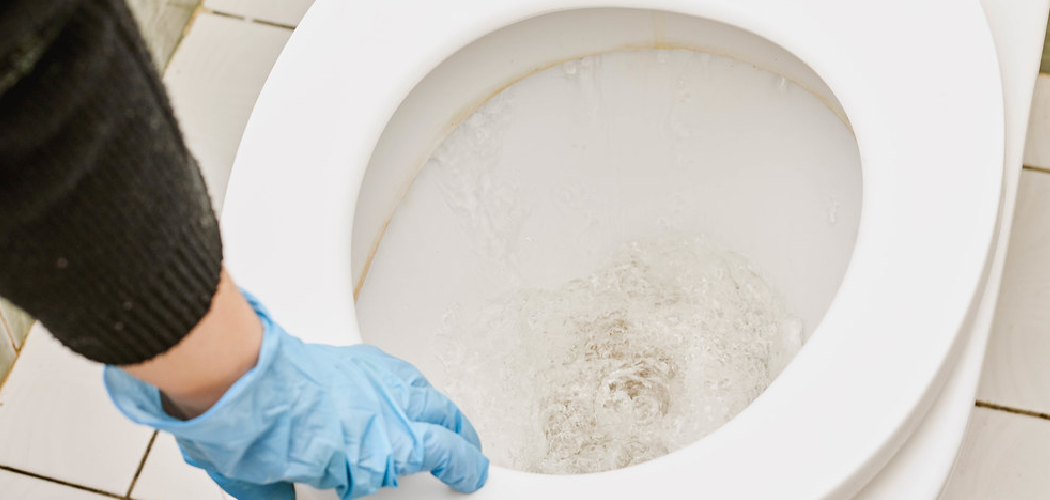It’s one of those annoying household problems that we all dread – mold growing in your toilet tank. Nobody wants to have a dirty, smelly bathroom, yet if you don’t deal with the problem quickly, it can soon become an even bigger job.
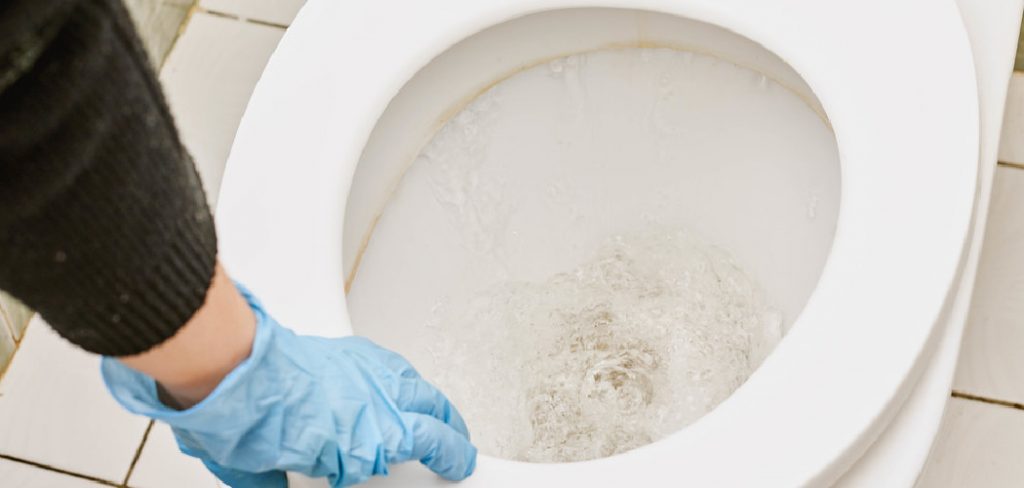
You may have noticed a strange odor or discoloration when flushing the toilet, so now is the time to take action before this nasty growth takes over and spreads throughout your bathroom and beyond!
In this blog post, we will help you tackle the issue head on by taking you step-by-step through how to remove mold from toilet tank efficiently and effectively. No more worries about a potential health issue yourself or others in your home due to inhalation of hazardous spores; we’ll walk you through everything needed to get back into a clean, comfortable bathroom as soon as possible!
What Can Make Mold Appear in a Toilet Tank?
Mold is caused by moisture, and the toilet tank is usually wet or damp due to continuous flushing. This can provide an ideal environment for mold spores to land and start growing.
Other factors that can contribute to mold growth include:
- A lack of ventilation in the bathroom.
- A leaking or cracked toilet bowl or tank.
- Poor cleaning and maintenance of the bathroom over time,
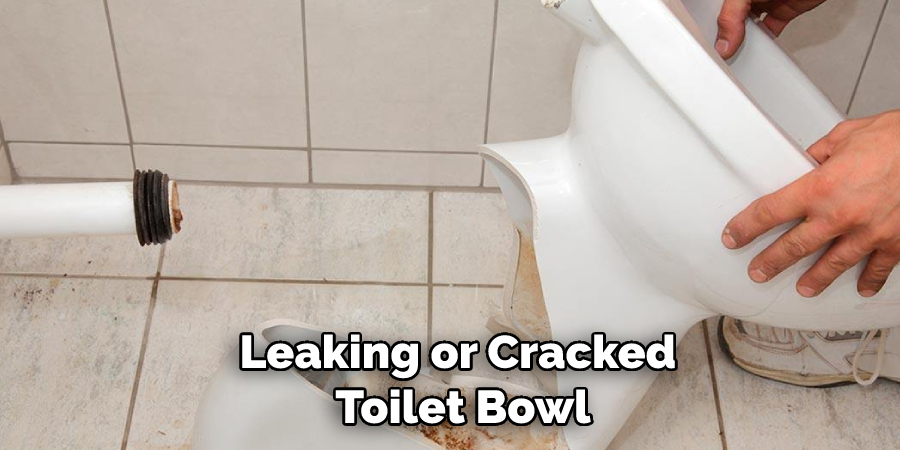
allowing dust and debris to build up in hard-to-reach places such as the tank itself.
These are all things that can be easily addressed with a few simple steps.
What Will You Need?
Before you get started, make sure to have the following items on hand:
- Rubber gloves
- Safety goggles
- A face mask
- A bucket or basin of water
- Mild detergent (dish soap)
- White vinegar
- Baking soda
- Hydrogen peroxide solution
Once you’ve collected those items, it’s time to begin removing mold from the toilet tank.
10 Easy Steps on How to Remove Mold From Toilet Tank
Step 1. Put on Your Protective Gear:
Before you start tackling the mold, make sure to put on gloves, safety goggles, and a face mask for protection. It will also help open a window or turn on the bathroom fan to avoid inhaling any spores. Otherwise, any mold spores kicked up could trigger an allergic reaction.
Step 2. Clear the Tank of Water:
Turn off the water supply to the toilet tank and flush the toilet to help clear the water out of the tank. If the water level is still high, use a cup or a bucket to bail out the excess water. It’s important that you have the tank completely drained before proceeding with the next steps.
Step 3. Wipe Down the Tank:
Wipe down the walls and surfaces inside the tank using a cloth dampened with mild detergent and warm water. This will help to remove any dirt or debris that can feed mold growth. Another solution you can try is mixing white vinegar and baking soda into a paste, which will help break up the mold.
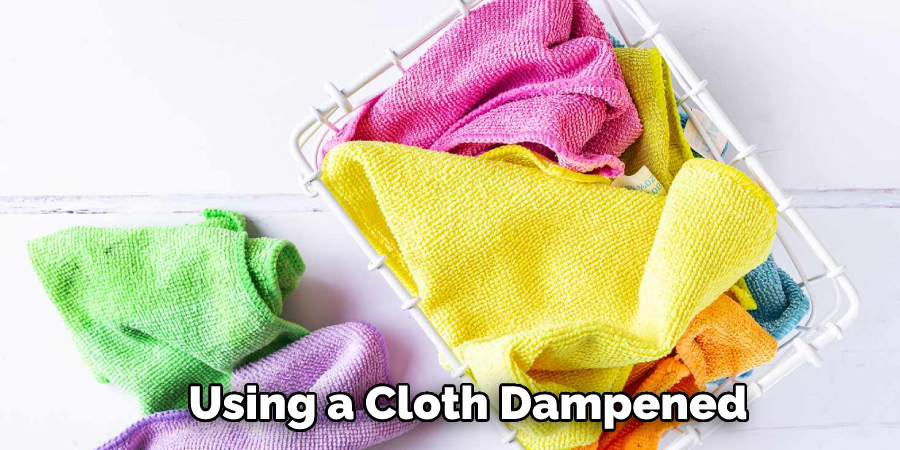
Step 4. Create a Vinegar Solution:
Mix white vinegar (1 cup) and warm water (2 cups) in a bucket or basin, and use this solution to scrub down all of the interior surfaces in your toilet tank. The vinegar is great at killing bacteria, germs, and mold spores! You can also use a scrub brush to help break up and remove any stubborn stains.
Step 5. Scrub Away at Stubborn Mold Spots:
If you encounter any particularly tough mold spots, mix hydrogen peroxide solution (1 cup) and warm water (2 cups). Apply the solution to the moldy area and let it sit for a few minutes before scrubbing. This should make it easier to remove even the most persistent spots.
Step 6. Rinse Out the Tank:
Once you are done scrubbing, use a cloth dampened in clean, warm water to rinse out the tank completely and wipe away any remaining residue. Don’t forget also to rinse off any buckets or basins used for cleaning! If the tank is still wet, you can use a vacuum cleaner to help dry it out.
Step 7. Let It Dry Thoroughly:
Make sure that everything is thoroughly dried before putting your protective gear back on and refilling the tank with fresh water. Allow at least an hour of drying time before flushing again to ensure any residual mold or bacteria is gone. You can also leave the bathroom fan running to help speed up the process.
Step 8. Add a Disinfectant:
To help keep the tank free from future mold, add a few drops of disinfectant to the tank water. This will help to keep it clean and free from mold-causing bacteria. Be careful not to use too much, as this can be harmful to you and your family.
Step 9. Check Your Seals:
Ensure that all the seals around your toilet tank are in good condition, as this can prevent any future leaking or build-up of moisture that could encourage mold growth. It’s also important to check the water level in the tank regularly and adjust it if necessary. Ensure that the water level is not too high or low.
Step 10. Clean Regularly:
Finally, make sure you give your bathroom a good cleaning on a regular basis and be sure to check for any signs of mold in the future. With these steps, you should be able to remove any existing mold and keep it away easily! If you still see signs of mold, it might be time to call a professional for help.
Following these steps, you should be well on your way to a mold-free toilet tank. Don’t forget to wear the proper protective gear, clear out the water before scrubbing, clean with vinegar and bleach solution, wipe down all surfaces with a cloth, and leave it to dry thoroughly before refilling. Follow these tips, and you can easily remove mold from the toilet tank quickly!
5 Additional Tips and Tricks
1. If you are unable to remove the mold with a scrub brush,try using a stiff-bristle brush and a mixture of white vinegar and baking soda.
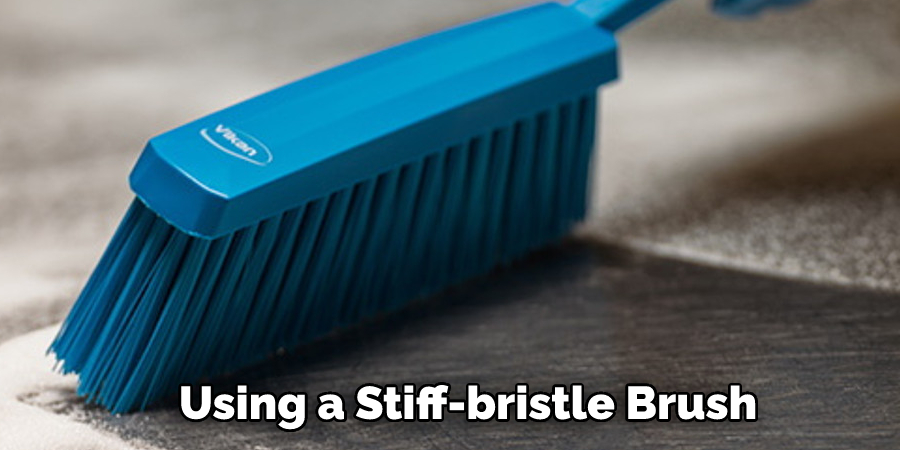
2. If the mold stains are particularly stubborn, use a solution of half bleach and half water to scrub them away. Be sure to only use this solution on surfaces that can handle bleach safely.
3. To prevent future mold growth in your toilet tank, mix one part hydrogen peroxide with four parts water and pour it into the tank at least once per month.
4. To keep mold away from other areas of your bathroom, be sure to open windows or run ventilation fans whenever you shower or bathe. This will help reduce the humidity levels in the room.
5. Finally, remember that mold can be prevented by regularly cleaning your bathroom and toilet tank with an antibacterial cleaner. This should help reduce the chances of developing a mold problem in your home.
With these tips and tricks, you’ll be able to easily remove mold from your toilet tank and prevent it from forming in the future.
5 Things You Should Avoid
1. Avoid using abrasive cleaners on your toilet tank, such as scouring pads. These can cause scratches that may harbor more bacteria and mold in the future.
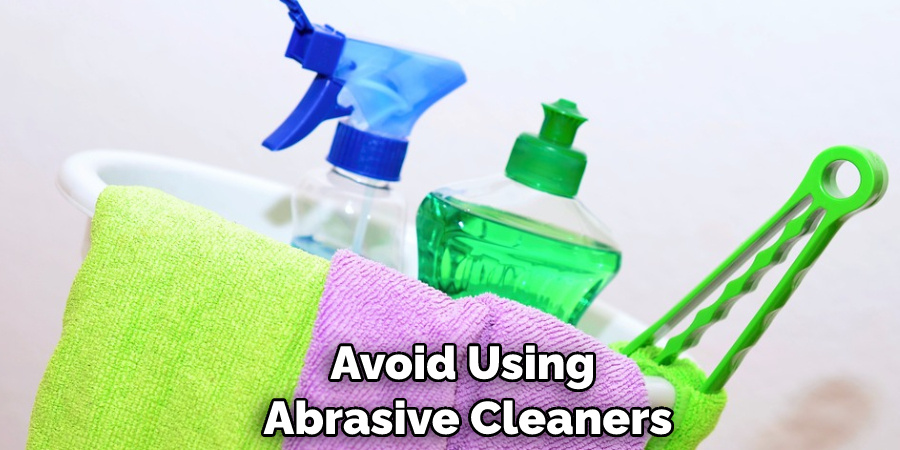
2. Don’t forget to dry off all surfaces after cleaning, including any buckets or basins used for the process. This will help prevent any standing water from causing further mold growth.
3. Be sure to avoid mixing bleach with ammonia or vinegar when cleaning your toilet tank, as this combination can create dangerous fumes that are harmful to breathe in.
4. Never leave standing water in the tank for extended periods of time, as this can encourage mold growth and lead to health issues for your family over time.
5. Finally, avoid using too much of any one cleaning product when removing mold from your toilet tank. If you use too much of a solution, it could cause damage to the surface or create dangerous fumes.
By avoiding these five things, you can help prevent further mold growth in your toilet tank and keep your family safe and healthy. Regular cleaning and maintenance allow you to remove mold from the toilet tank quickly and effectively easily.
Conclusion
To summarize, removing mold from a toilet tank is quite doable with the right supplies, effort, and determination. It may take a bit of effort to scrub down your toilet tank with these items, but it’s worth it if you’d like a healthier and cleaner bathroom environment.
Alternatively, you can purchase special cleaners specifically designed to get rid of the mold if you’re looking for an easier solution. Whether you tackle this task yourself or hire a professional to do the work for you is completely up to you; either route should result in successfully ridding your toilet tank of mold.
Hopefully, the article on how to remove mold from toilet tank has been helpful in providing you with the necessary information and guidance needed to get your bathroom back into a healthier state. With these tips, techniques, and solutions, you should be able to remove mold from the toilet tank quickly and effectively! Good luck!

